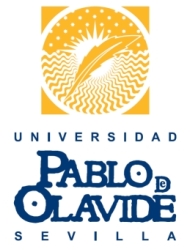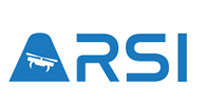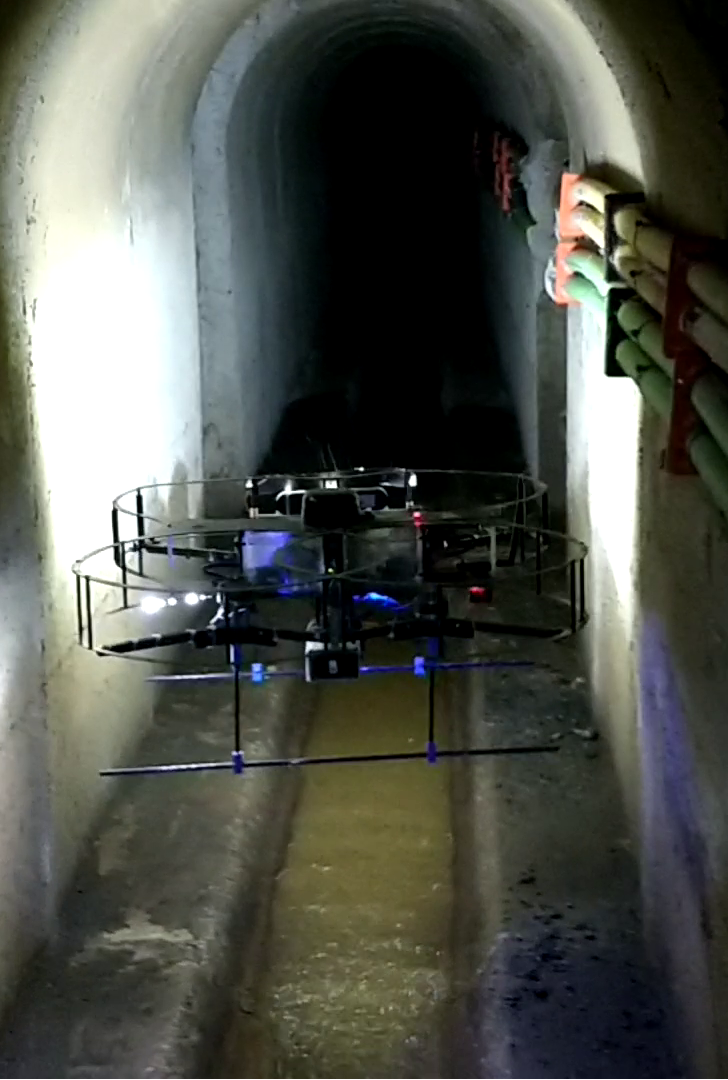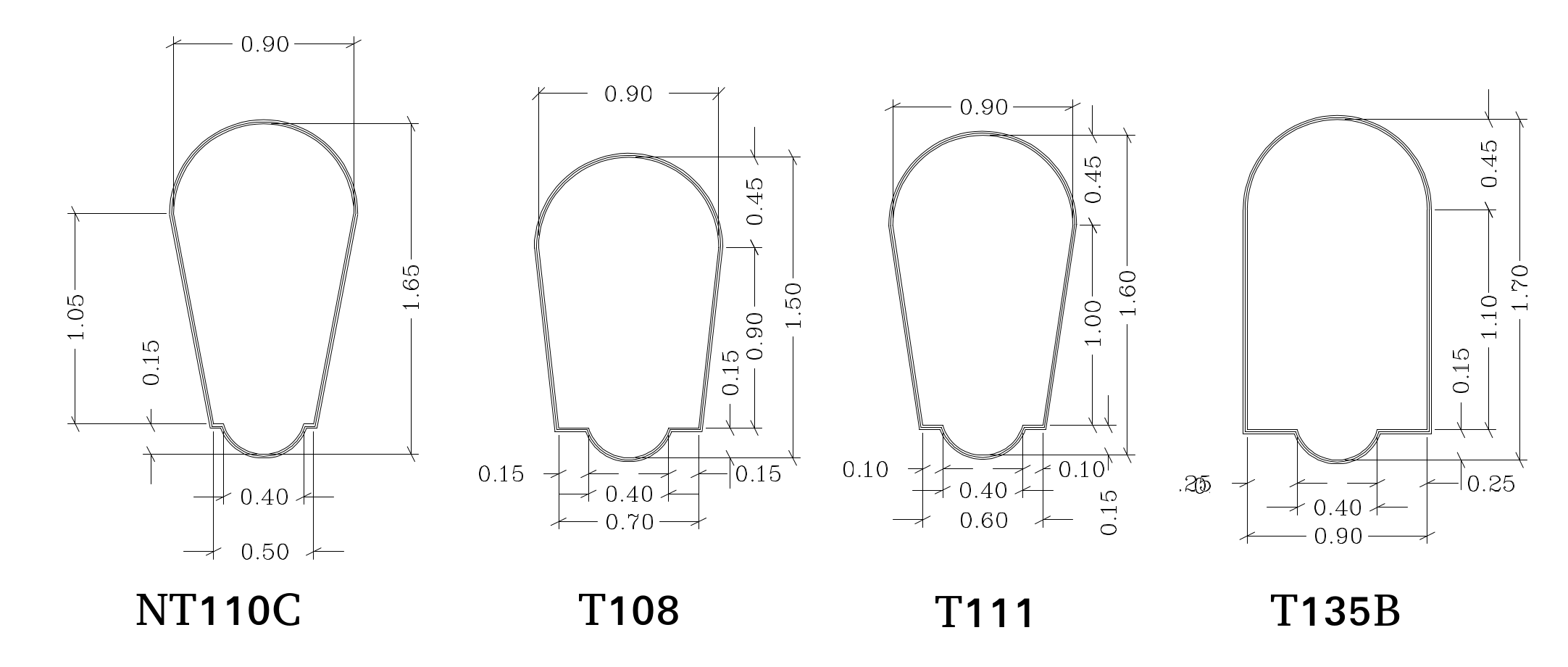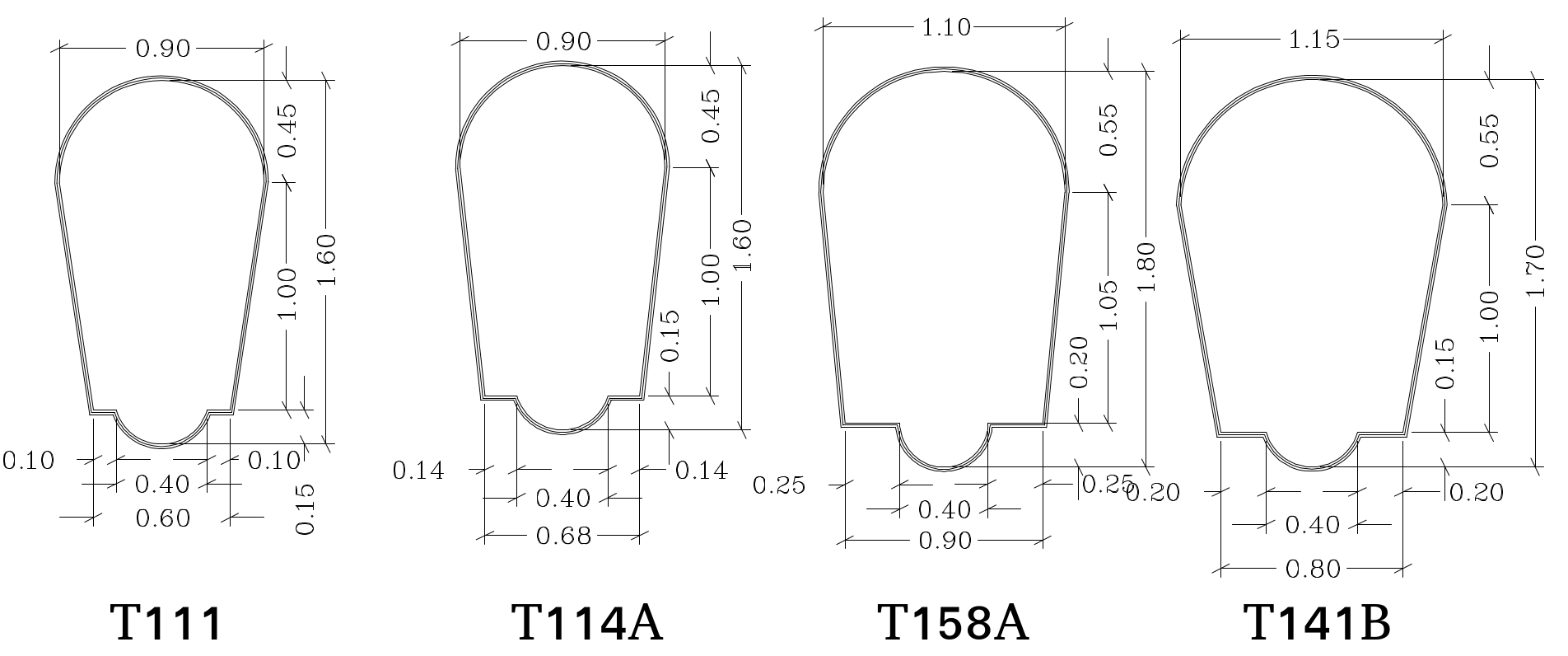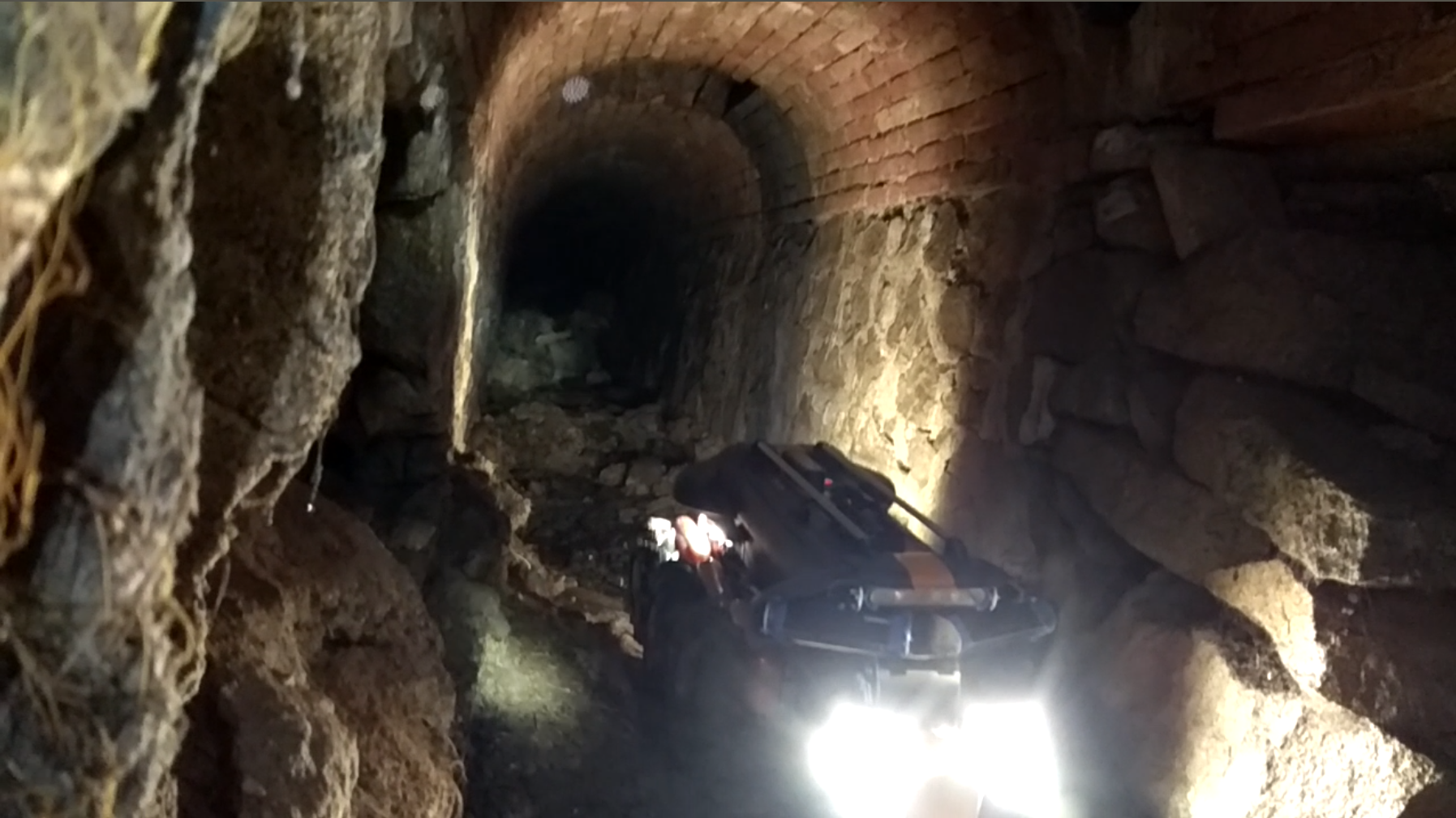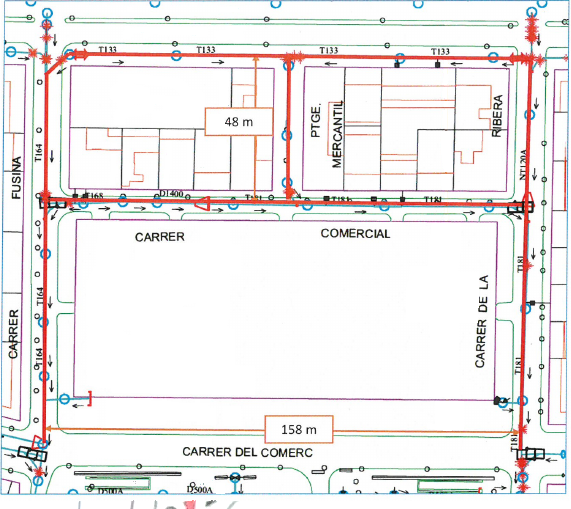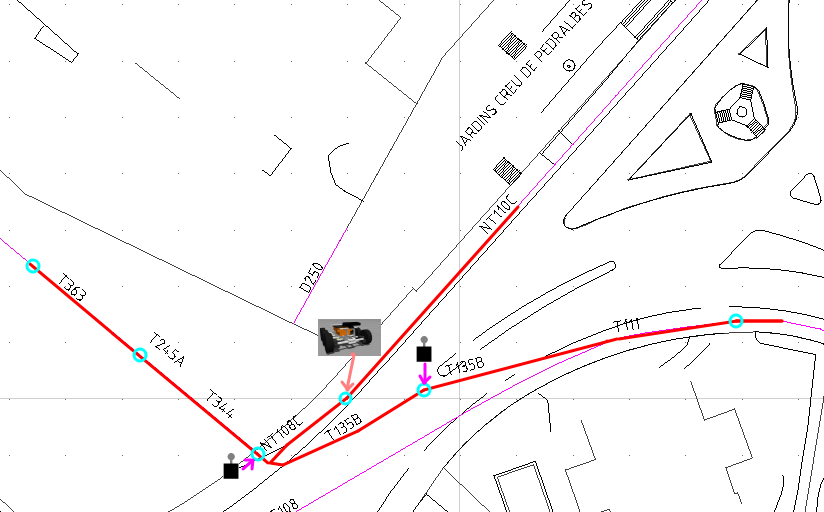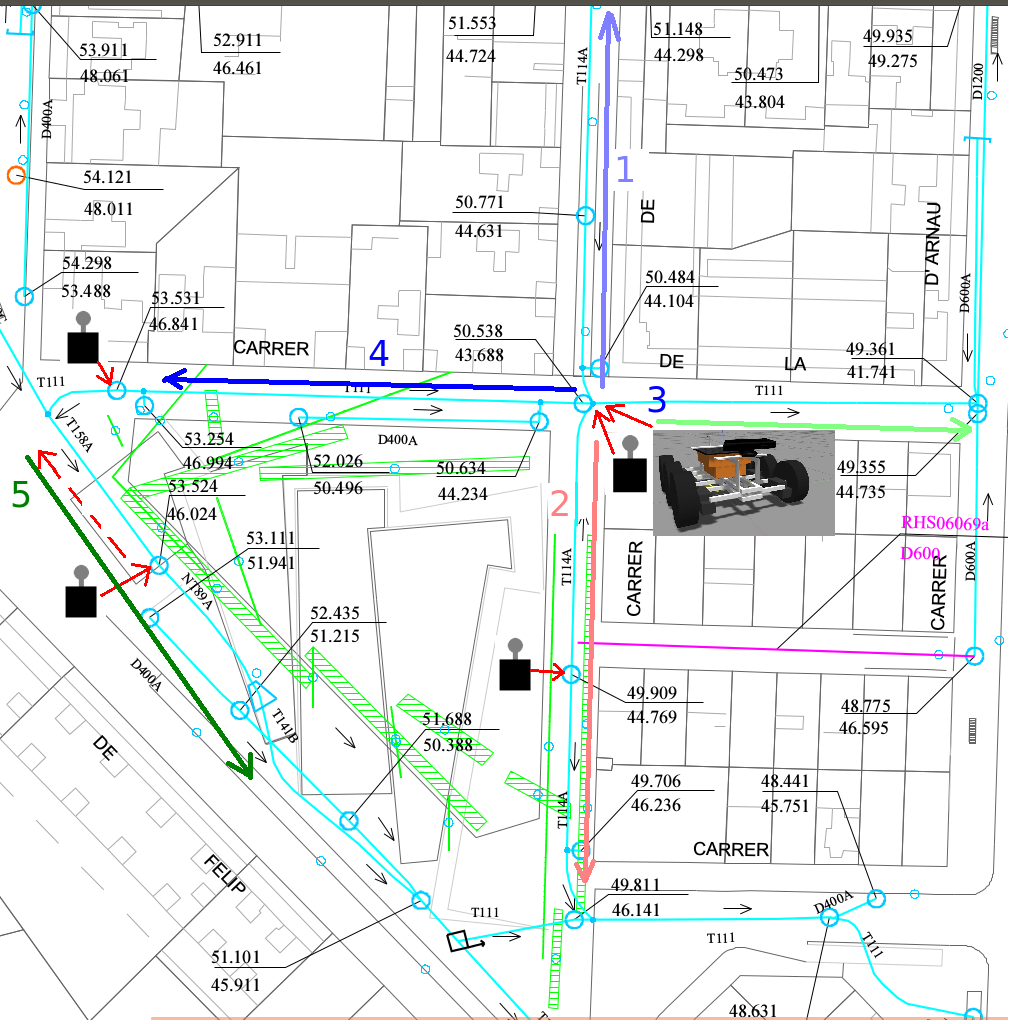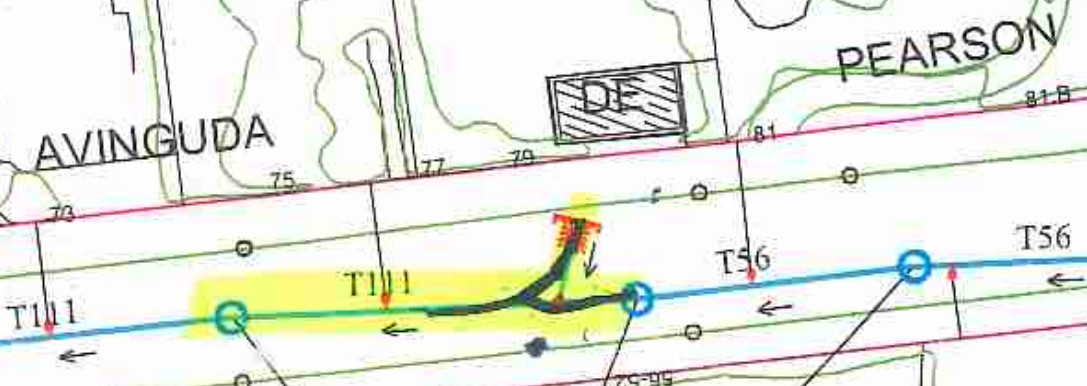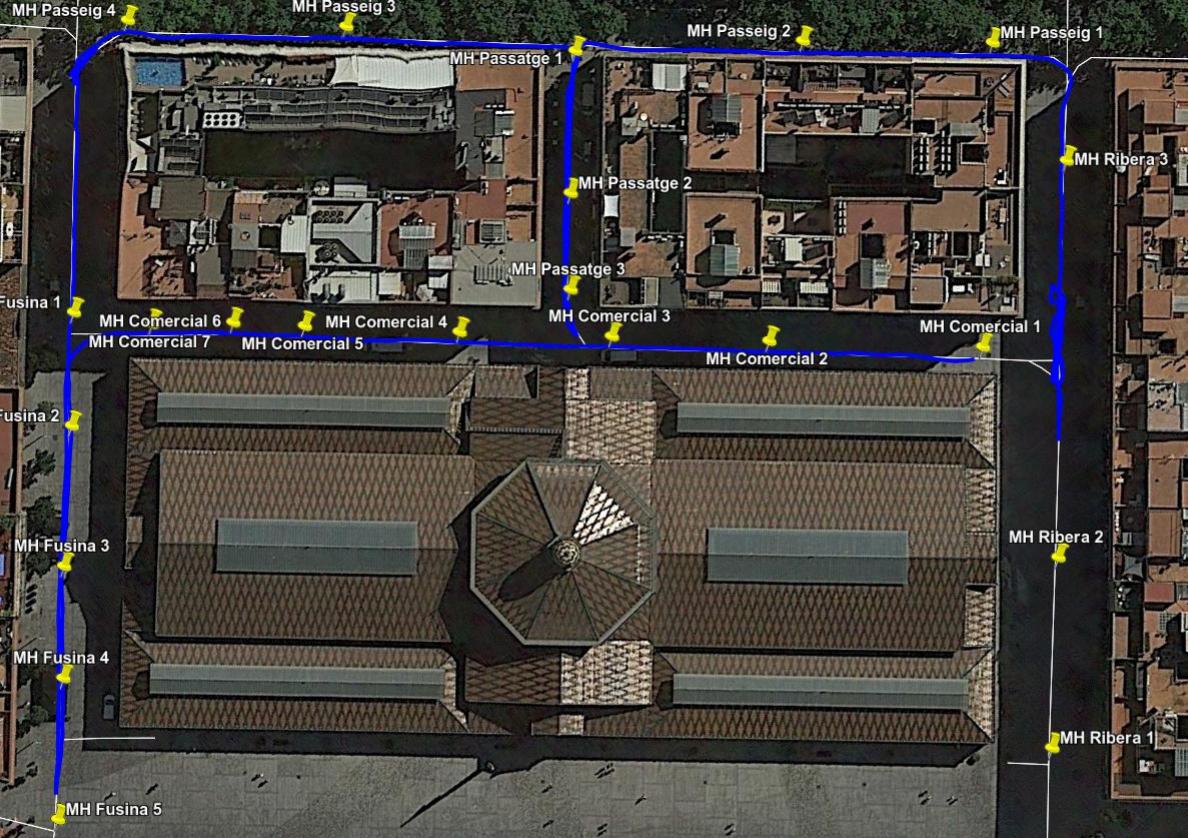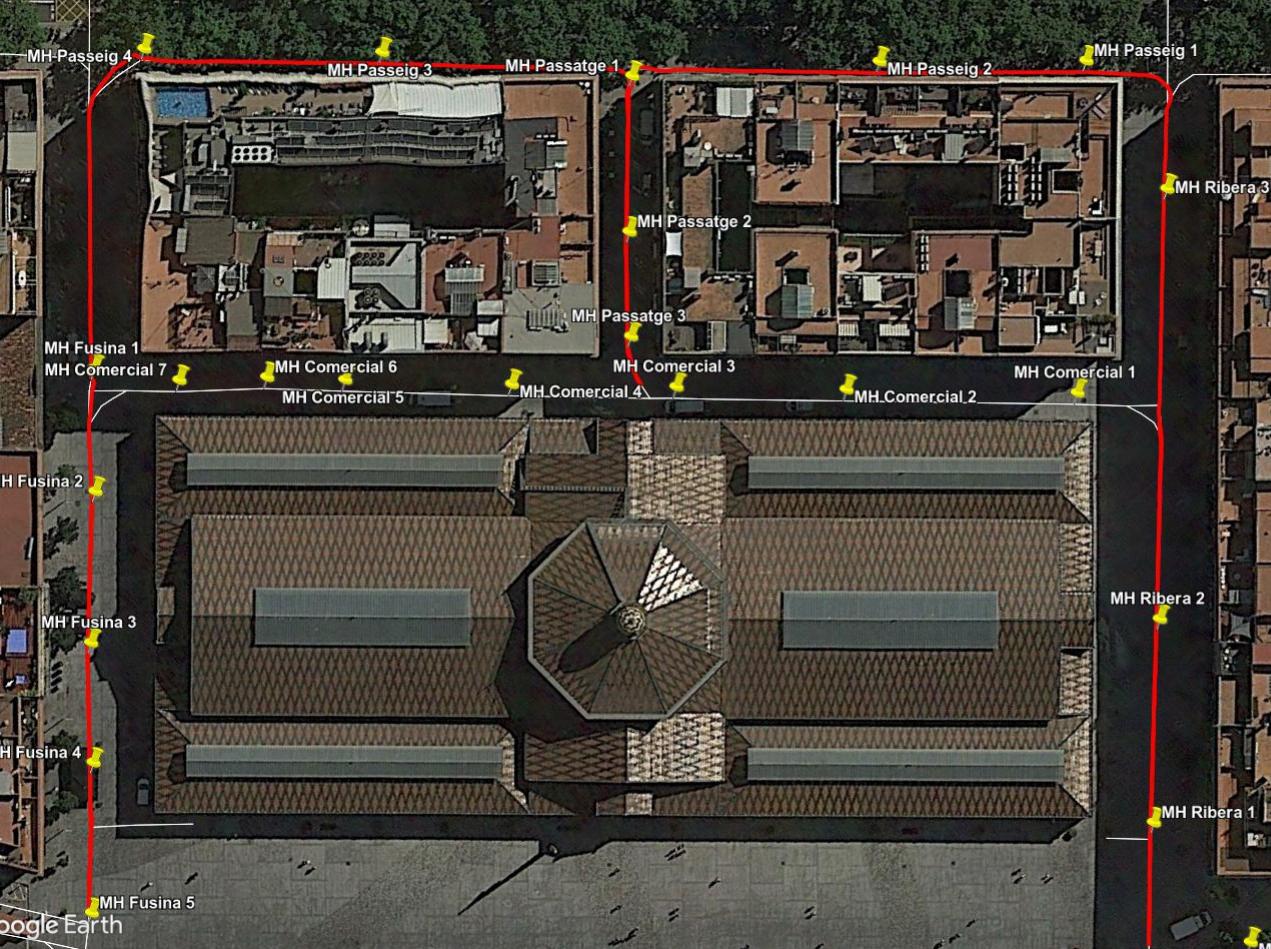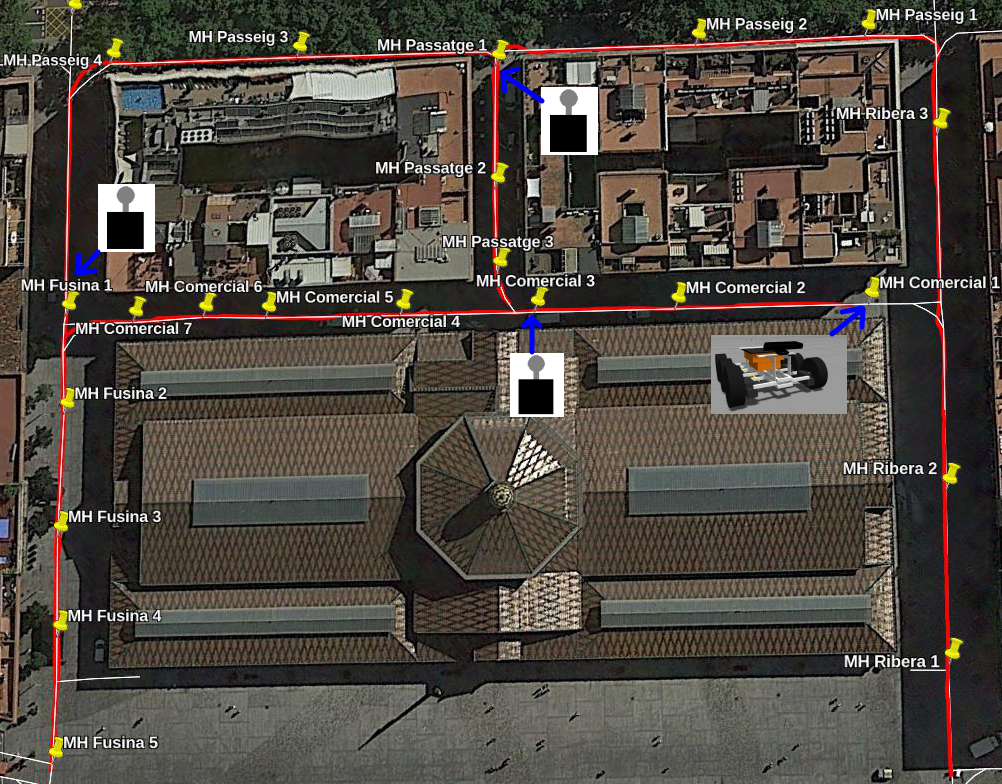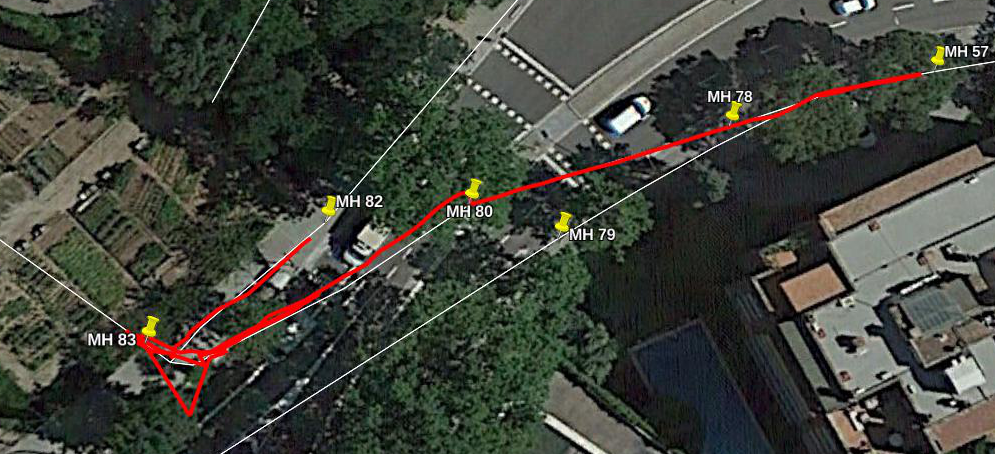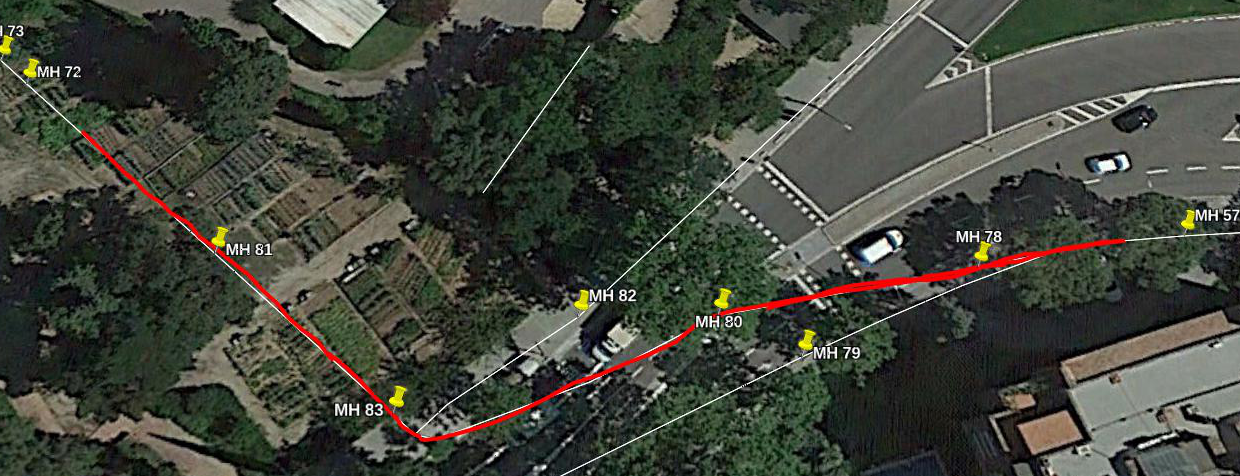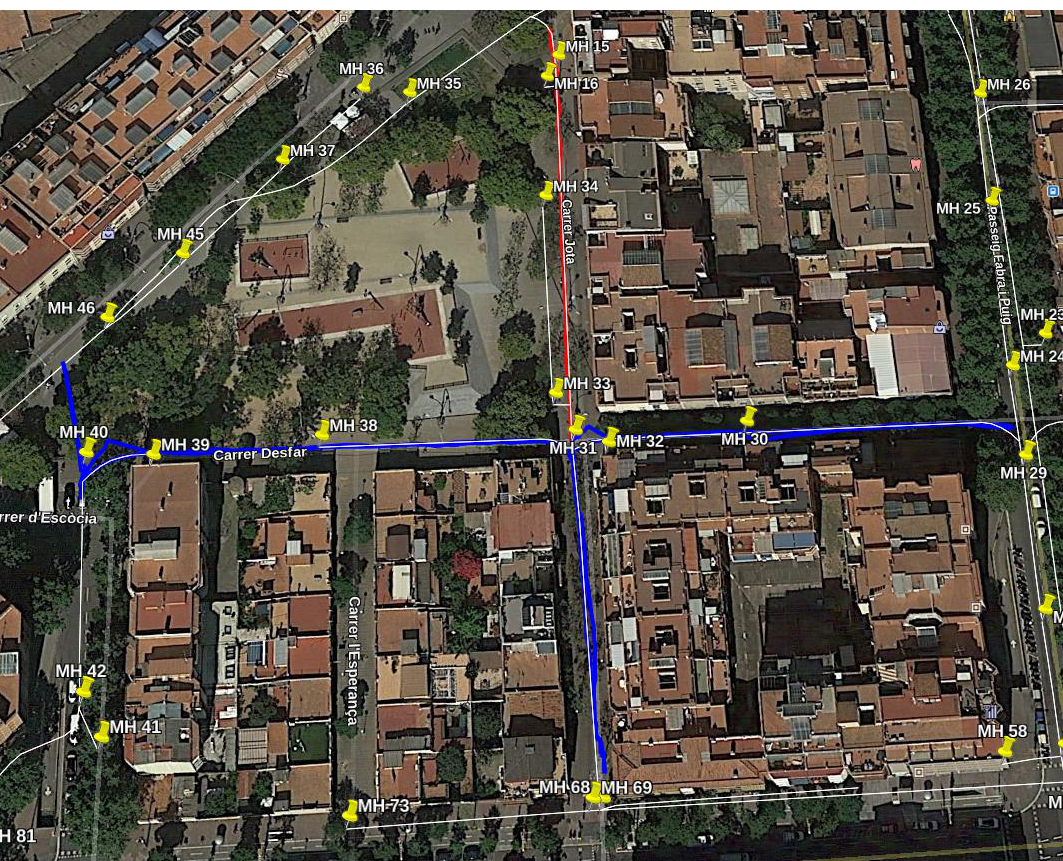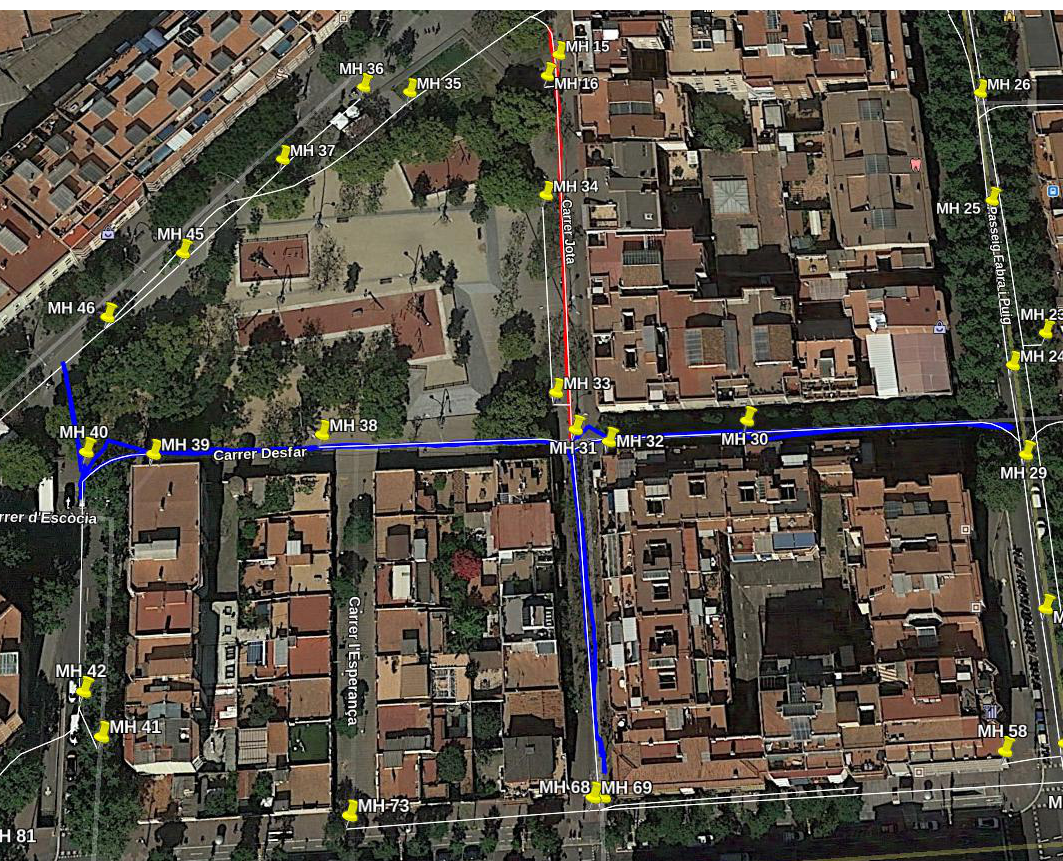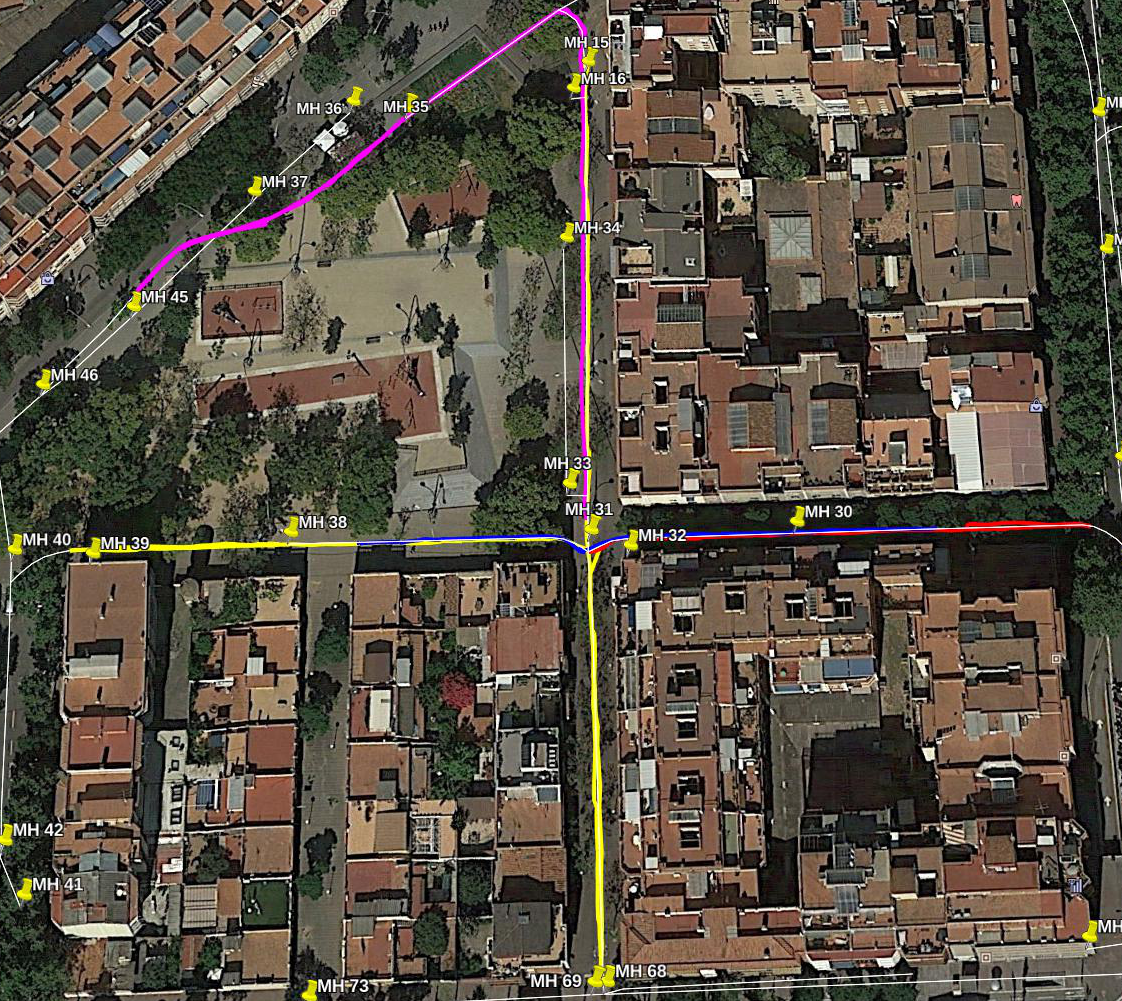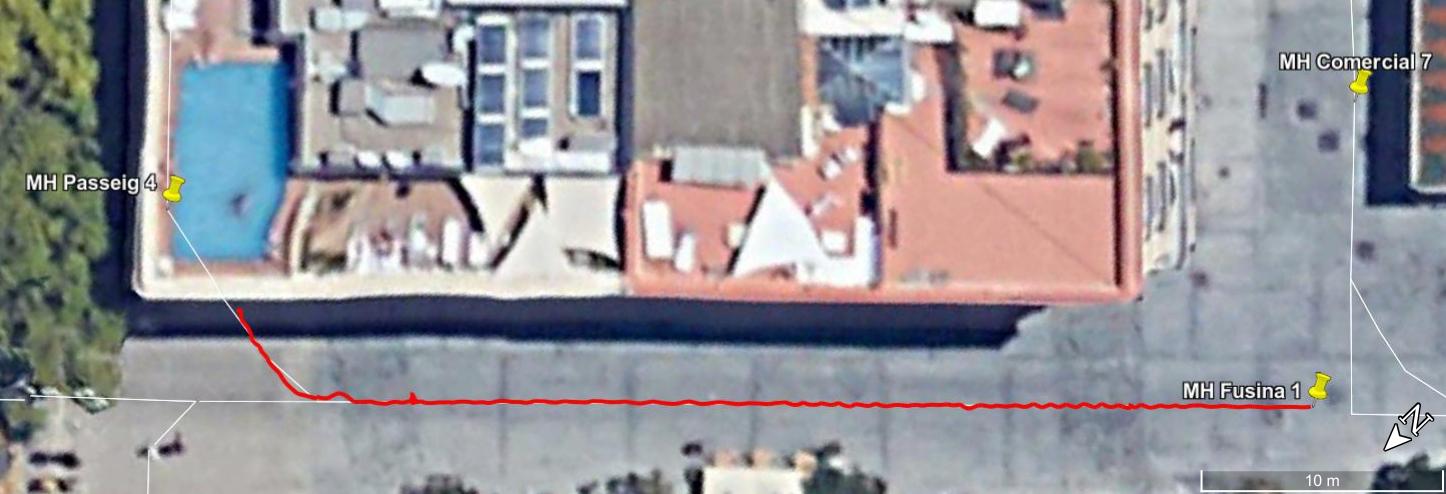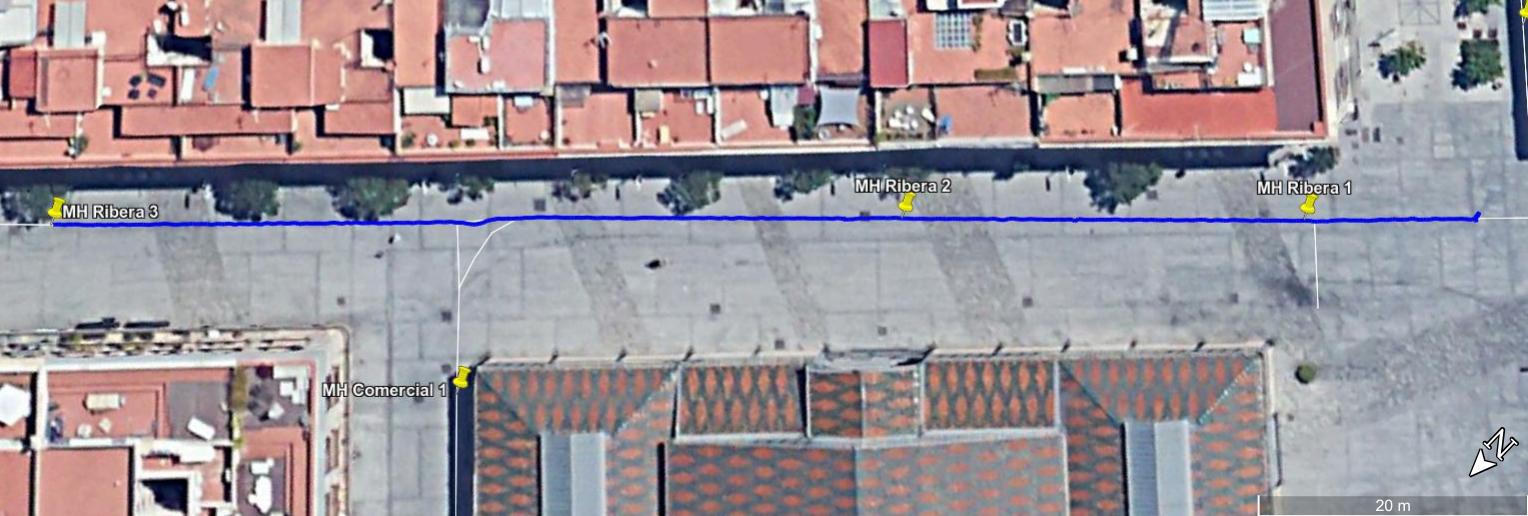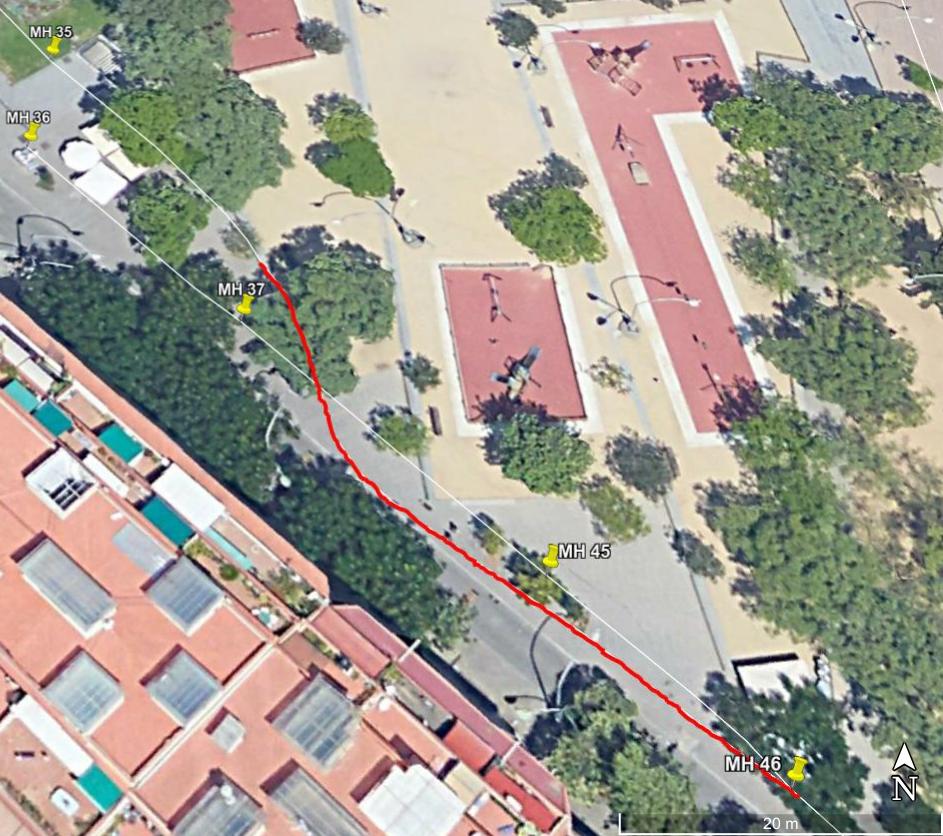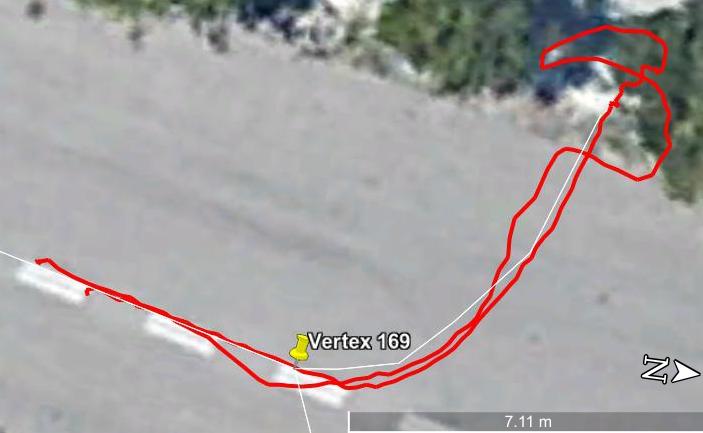Datasets of sewer networks with aerial and ground platforms
We present a, to the best of our knowledge, unprecedented set of data in a challenging indoor environment: the visitable sewers of Barcelona. The datasets were recorded in real sewers of different places of Barcelona with two different platorms: the SIAR ground robot and the ARSI aerial platform. They were designed to participate in the Urban Robotic Challenge for Sewer Inspection of the Echord++ project. These platforms captured RGB-D image sequences with their onboard cameras, laser scans (ARSI), IMU measurements, and many more. The set consists of logs obtained from more than ten different experiments in four different locations. In addition, we provide the users with a partial ground-truth and baselines of the localization of the platforms, which can be used for testing localization and SLAM algorithms. Details on the setup and execution of each mission and partial labeling of the elements found in the sewers.
The datasets are timestamped and stored by means of the well-known Robot Operating System (ROS) bag package. The contents of the different bags is detailed in the contents section. Unfortunately, the localization of the platform in such environment is a harsh challenge as it is a GPS-denied environment. We also provide localization results obtained with the tool that was presented in our paper "RGBD-based robot localization in sewer networks" at IROS 2017.
Copyright
All datasets and benchmarks on this page are copyright by us and published under the Creative Commons Attribution-NonCommercial-ShareAlike 3.0 License. This means that you must attribute the work in the manner specified by the authors, you may not use this work for commercial purposes and if you alter, transform, or build upon this work, you may distribute the resulting work only under the same license.

Citation
Please cite our paper on the dataset if you use the dataset for your research. It would be more than welcome!!
Plain text
Alejo, D, Chataigner, F, Serrano, D, Merino, L, Caballero, F. Into the dirt: Datasets of sewer networks with aerial and ground platforms. J Field Robotics. 2020; 1– 16. https://doi.org/10.1002/rob.21976
Bibtex
@article{https://doi.org/10.1002/rob.21976, author = {Alejo, David and Chataigner, François and Serrano, Daniel and Merino, Luis and Caballero, Fernando}, title = {Into the dirt: Datasets of sewer networks with aerial and ground platforms}, journal = {Journal of Field Robotics}, volume = {n/a}, number = {n/a}, pages = {1-26}, keywords = {aerial robotics, data set, sewer inspection, subterranean robotics, terrestrial robotics}, doi = {https://doi.org/10.1002/rob.21976}, url = {https://onlinelibrary.wiley.com/doi/abs/10.1002/rob.21976} }

